The gritty, cinematic scenes seemed plucked out of Rio or Mexico City, rather than Italy, especially when contrasted with well-ordered Tuscany, where we live, and where pretty, ordered tableaux seem arranged purely for photo shoots, and rubbish disappears as seamlessly as the day. But for me, as for many who fall in love with the city, it is the contrasts of Naples that appeal – it's a rebellious but beautiful place with layers of ancient art, a chaos that is almost soap operatic, and a determination to thrive even when things seem to be falling apart.
But in the eyes of a new generation of entrepreneurs trying to showcase the city for tourists and citizens alike, Naples is far more than a caricature of itself. One of them, mayor Luigi de Magistris, has quickly become a symbol for the innovators, looking beyond the city's clichés and bringing a bit more order while preserving its antique treasures.
In fact, since de Magistris was elected in 2011, the city has gone through a noticeable shift: traffic restrictions on the waterfront and in the historic centre have made it easier to navigate, and the mayor's commitment to recycling has eased the rubbish problem. Just as importantly, his determination to pull apart the corrupt power structures (consider him a leftist in the same vein as Matteo Renzi, the new prime minister) has created a sense of civic pride. Volunteers are helping clean and maintain the city's gardens and squares alongside beleaguered municipal workers, who have felt the budget crunch more than in other parts of Italy.
As a result of this mood change, cultural landmarks such as the Capodimonte museum have stepped into the spotlight. Set in magnificent gardens that were once the hunting preserve of the Bourbons, the Capodimonte, which opened in its current incarnation in 1840, has one of the world's most underrated art collections. Unlike in more famous spots, where it can be hard to see the art for the throngs, here you can enjoy masterpieces such as Caravaggio's the Flagellation, Titian's Danaë with Eros, and Breughel Senior's the Blind Leading the Blind – almost alone.
And it's not just the ancient that's getting attention. Underneath the city, an innovative scheme to use metro stops as art installations has become one of the most talked-about projects in Italy. Due for completion in 2015, it was curated by Achille Bonito Oliva, a former director of the Venice Biennale. He commissioned more than 100 artists and architects to help transform the city's metro stations into a city-wide museum (metro.na.it).
The 11 stations completed so far include a psychedelic design by Karim Rashidfor Università station, Gae Aulenti's complex of glass and steel at Dante, and the jaw-dropping Toledo stop, designed by Catalan architect Oscar Tusquets Blanca. This ethereal space includes a particularly evocative escalator climbing into a light-panelled seascape by Robert Wilson. Other artists involved include Sol LeWitt, Joseph Kosuth, and William Kentridge.
Above ground, the Madre contemporary art gallery in the Donnaregina palace was one of the first of a new generation of museums in Italy (like the Zaha Hadid-designed Maxxi in Rome) with site-specific installations from artists such as Richard Serra, Jeff Koons and Anish Kapoor, and two rooms of frescos by influential Naples-born artist Francesco Clemente.
The city's growing reputation for contemporary art has also attracted exciting private galleries and dealers. The Lia Rumma gallery, for example, is a new spot with a decidedly modern agenda. The whitewashed space, with its soaring ceilings, features the likes of Anselm Kiefer, Vanessa Beecroft, Marina Abramovic, as well as Kentridge, among its contemporary heavyweights.
The gallery is in the Chiaia district, with grand 19th century buildings running down to the waterfront. Here creative businesses have turned the mostly residential area into a model of revitalization: locals congregate at bar and restaurant Crudorè, round the corner on Piazza Vittoria, for great seafood and views, or for an espresso a short walk north at Anhelo, a two-year-old cafe with great home-roasted beans. An outpost of one of the Naples' most famous pizza spots, Sorbillo has just opened on the seafront Via Partenope. To feel at home in the neighbourhood, try a stay at the stylish three-bedroom Micalò hotel (rooms from €140 B&B).
On my last trip to Naples, I based myself at the luxurious Romeo hotel (rooms from €160 a night) right by the port on Via Cristoforo Colombo. Its sleek rooftop pool offered a bird's eye view of the sea, the ferries setting out for Capri and, in the distance, Mount Vesuvius itself. Inside, the owners' contemporary art collection dazzled alongside a sushi bar and a beautiful, quiet spa. The whole property exemplifies a new kind of Naples, but I almost felt relieved when I walked outside. Vespas were whizzing by and jovial restaurant owners straight out of central casting were calling out to us to try their catch of the day. I don't want my beloved city getting too modern or sanitised after all – it's still all about the character, and layers of new and old.
www.theguardian.com
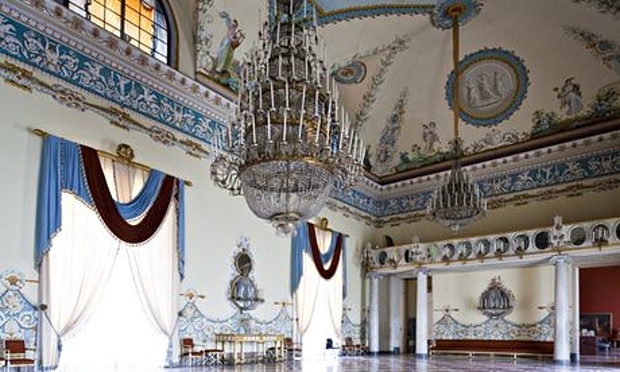
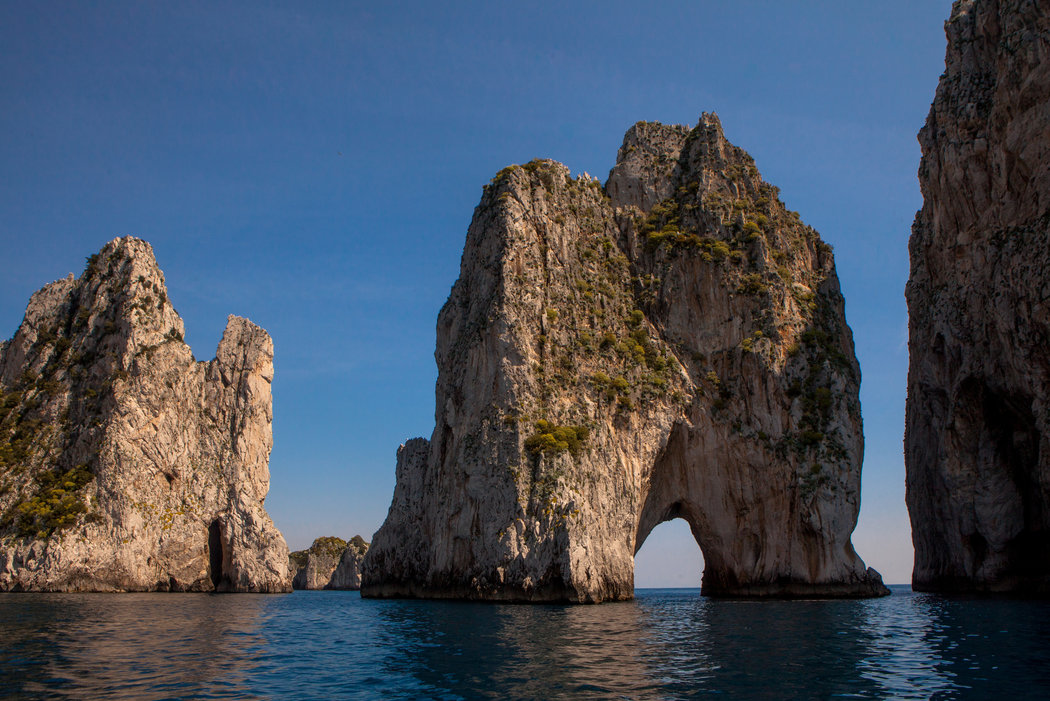
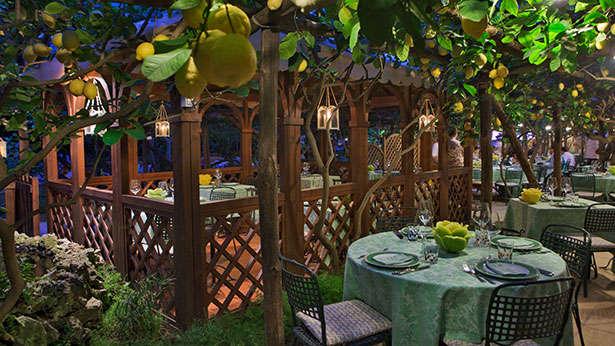
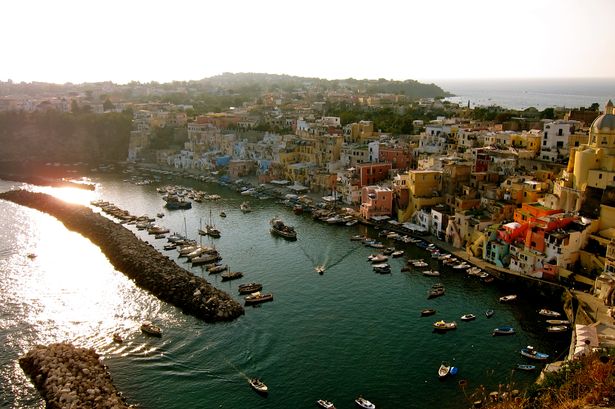
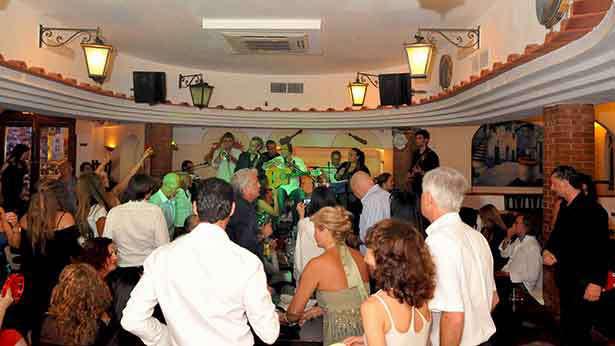
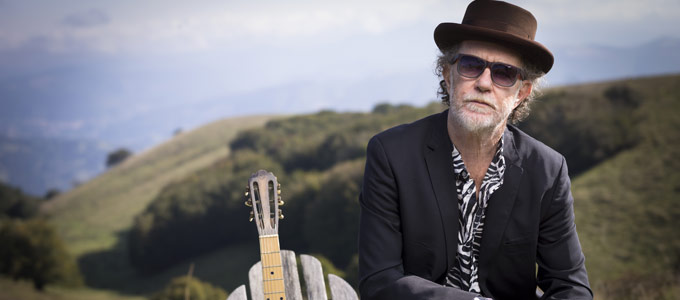


 RSS Feed
RSS Feed

